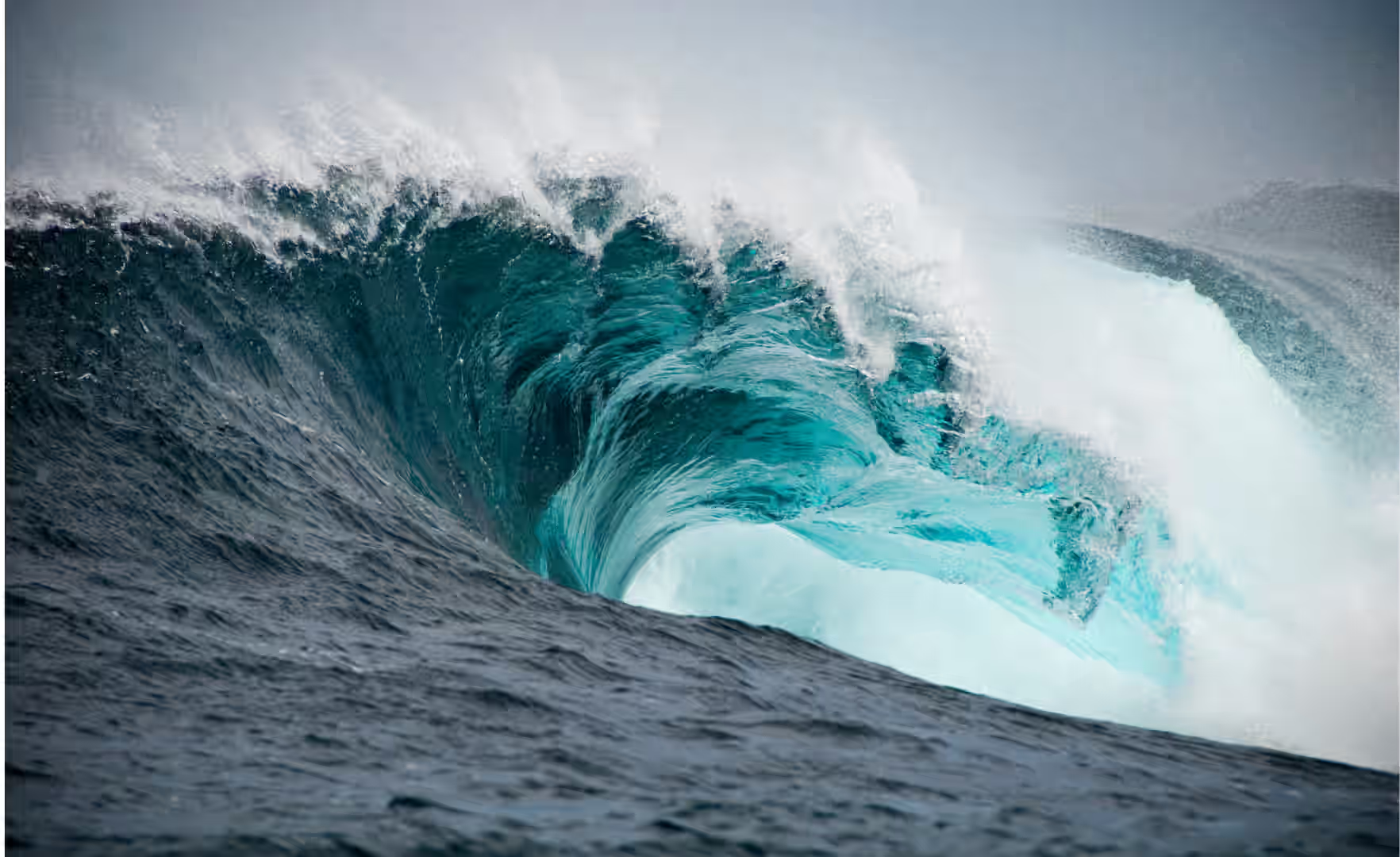The Untapped Giant in Renewable Energy

In the race towards a sustainable future, our focus has been fixated on solar and wind energy, two pillars of the renewable revolution. Yet, there exists another source of clean, consistent energy that has been largely overlooked: tidal power.
As we navigate an era defined by climate commitments, energy security, and resilience, it is time we cast a spotlight on this underutilised energy source and confront the question: Why aren’t we harnessing the immense potential of tidal energy?
The Case for Tidal Energy: A Beacon of Predictability
Unlike solar and wind power, which are inherently variable due to their dependence on weather conditions, tidal energy offers an unparalleled advantage… predictability. The gravitational interactions between the Earth, moon, and sun drive tidal movements with a consistency that is written into the laws of physics. We know precisely when the tides will rise and fall, making tidal energy a reliable baseload power source, an essential quality for a balanced and resilient energy grid.
In New York, the Roosevelt Island Tidal Energy (RITE) project provided a proof of concept, delivering 312 MWh of tidal energy to the U.S. grid between October 2020 and December 2021. Yet, despite its success, the project was ultimately decommissioned, raising questions about the challenges facing tidal energy’s broader adoption.

Turning Currents into Kilowatts
While some tidal projects have struggled, others are pushing the boundaries of what is possible. In Alaska, companies like Sitkana are developing hydrokinetic generators inspired by nature itself. Their Ocean Renewable Current Arrays (ORCAs) mimic the movement of salmon tails, transforming underwater currents into electricity with remarkable efficiency.
Such innovations offer a glimpse of what tidal energy could achieve. With Alaska alone possessing the potential to generate 174 TWh of tidal energy annually, enough to power over 16 million homes, the promise of tidal power is clear. Yet this promise remains largely theoretical, blocked by a series of obstacles that must be addressed.
Regulatory Roadblocks and Financial Barriers
If tidal energy is such a compelling proposition, why is it not a central part of our renewable energy strategy? The answer lies in the tangled web of regulatory and financial challenges that have long hindered its development.
Complex permitting processes, drawn-out environmental impact assessments, and a lack of clear policy support create a high-risk environment for investors. Unlike solar and wind, which have benefited from decades of subsidies and policy backing, tidal energy has yet to receive the same level of governmental support. This uneven playing field must be levelled if tidal energy is to realise its potential.
But it is not just a question of policy. Financial backing remains a critical barrier. Investors tend to gravitate towards established technologies, leaving tidal energy starved of the capital needed for research, development, and deployment. Without targeted incentives and clearer pathways for private investment, tidal energy will struggle to escape the fringes of the renewable energy sector.

Learning from the UK: A Blueprint for Success
While tidal energy remains underappreciated in the United States, the UK has emerged as a leader in this space. The UK’s geography, with its strong tidal ranges and maritime history, has fostered greater public and investor awareness of tidal energy’s potential. Projects like the MeyGen tidal array in Scotland have demonstrated the feasibility of harnessing tidal power at scale.
This raises an important question: How can other regions emulate this success? The answer lies in a combination of education, policy support, and direct incentives for innovation. If we are serious about a diverse, resilient renewable energy future, we must nurture tidal energy as a critical component of the energy mix.

The Strategic Imperative of Energy Diversity
As we look ahead to a net-zero future, energy diversity will be paramount. Relying on a narrow range of renewable sources exposes energy systems to unnecessary risk, as fluctuations in solar and wind output can lead to instability. Tidal energy offers a dependable alternative, providing consistent power generation to complement other renewables.
But beyond energy security, the strategic deployment of tidal power is also a matter of national and regional resilience. Coastal communities, often at the forefront of climate change impacts, could transform their geographic disadvantages into an asset, becoming leaders in clean energy generation.
The Path Forward
If we are to achieve our net-zero ambitions, we must adopt a mindset that values the full spectrum of renewable energy options. Tidal power is not merely an untapped resource; it is a critical piece of the puzzle. Governments must streamline regulatory processes, provide targeted incentives, and prioritise tidal energy in their clean energy strategies. Investors, too, must be encouraged to recognise the long-term value of this reliable, carbon-free power source.
For businesses, energy developers, and policymakers alike, the call to action is clear: It is time to turn the tide. By embracing the potential of tidal energy, we can create a more balanced, resilient, and sustainable energy future.
In a world where energy security is increasingly crucial, and climate commitments grow more urgent, the consistent rise and fall of the tides should serve as a reminder of the immense, untapped power that surrounds us. It is time we harness it.
Alan Stenson, CEO
Neutral Carbon Zone
Related Blogs
Speak to our team
Start integrating sustainability now into your business, one step at a time with independent third party verification from NCZ.